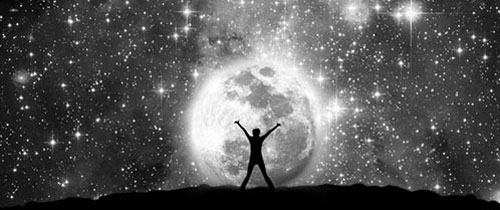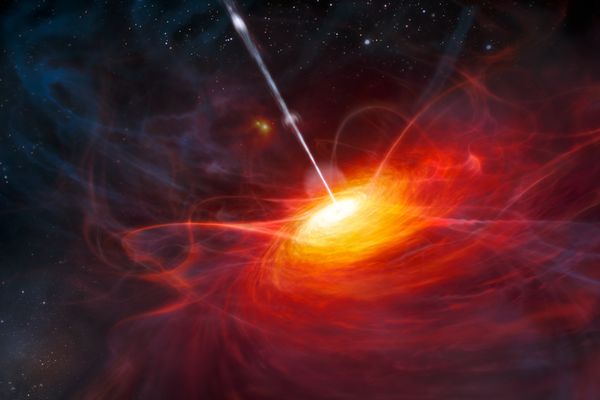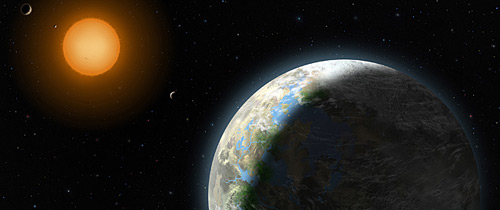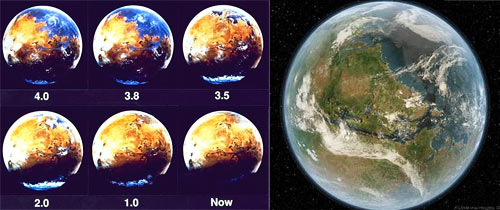
Talk about a whopper—astronomers have discovered a structure in the universe so large that modern cosmological theory says it should not exist, a new study says.
Using data from the Sloan Digital Sky Survey, an international team of researchers has discovered a record-breaking cluster of quasars—young active galaxies—stretching four billion light-years across.
"This discovery was very much a surprise, since it does break the cosmological record as the largest structure in the known universe," said study leader Roger Clowes, an astronomer at University of Central Lancashire in England.
For comparison, our own galaxy, the Milky Way, is just a hundred thousand light-years across, while the local supercluster of galaxies in which it's located, the Virgo Cluster, is only a hundred million light-years wide.
Giant Quasar a Head-Scratcher
Astronomers have known for years that quasars can form immense clusters that stretch to more than 700 million light-years across, said Clowes. But the epic size of this group of 73 quasars, sitting about 9 billion light-years away, has left them scratching their heads.
That's because current astrophysical models appear to show that the upper size limit for cosmic structures should be no more than 1.2 billion light-years.
"So this represents a challenge to our current understanding and now creates a mystery—rather than solves one," Clowes said.
A quasar jets energy in an illustration. A newfound quasar cluster is the universe's biggest known object.
Illustration courtesy M. Kornmesser, ESO
The titanic structure, known simply as the Large Quasar Group (LQG), also appears to break the rules of a widely accepted cosmological principle, which says that the universe would look pretty much uniform when observed at the largest scales.
"It could mean that our mathematical description of the universe has been oversimplified—and that would represent a serious difficulty and a serious increase in complexity," Clowes said.
Decoding Early-Galaxy Evolution
Significant not only for its record-breaking size, the massive structure could possibly shed light on the evolution of galaxies like our own Milky Way. Quasars, which pump out powerful jets of energy, are among the brightest and most energetic objects from when the universe was still young. They represent an early, but brief, stage in the evolution of most galaxies.
One theory holds that this type of colossal collection of quasars may be precursors to galaxy superclusters in the modern universe—but the exact nature of their connection is still a mystery.
The discovery, a prime target for computer modeling, also needs to be mapped out more thoroughly with telescopes, said Gerard Williger, an astronomer at the University of Louisville in Kentucky not connected with the study.
"This structure is bigger than we expect based on the shockwaves formed in the universe after the big bang," said Williger.
"There is very likely some mechanism [that] is turning on quasars over a large scale like this—and in a short time—which could relate to some condition in the early universe."
Th quasar study was published this week in the Monthly Notices of the Royal Astronomical Society.
Andrew Fazekas /National Geographic News







 News
News






